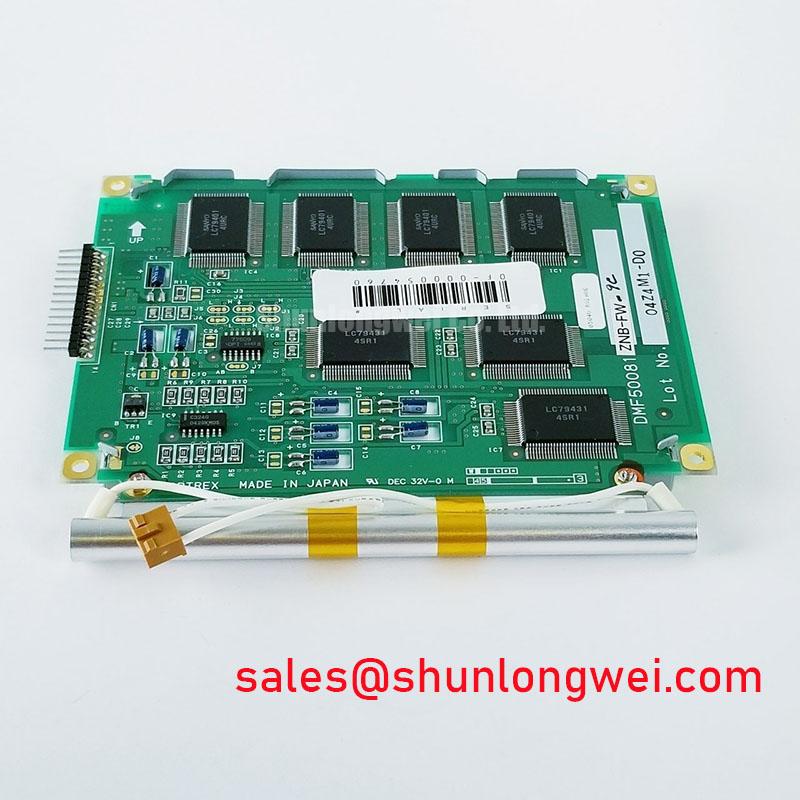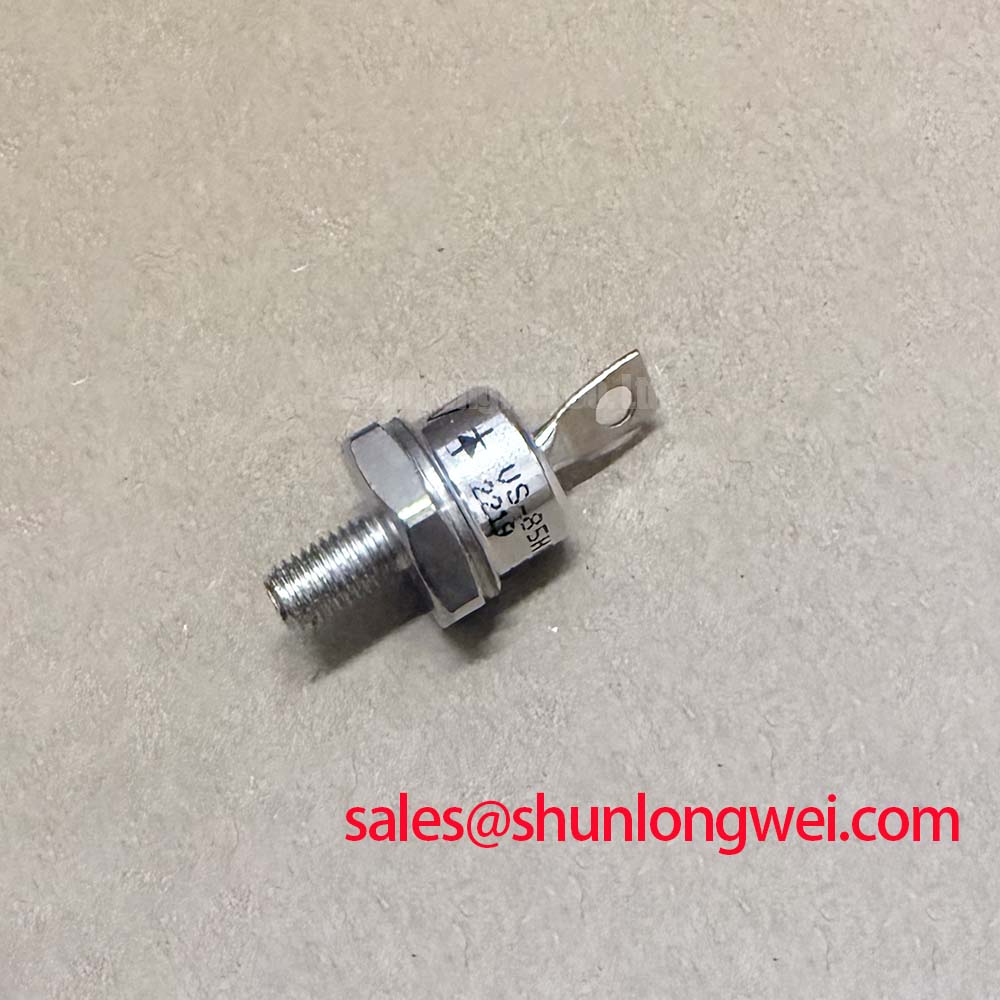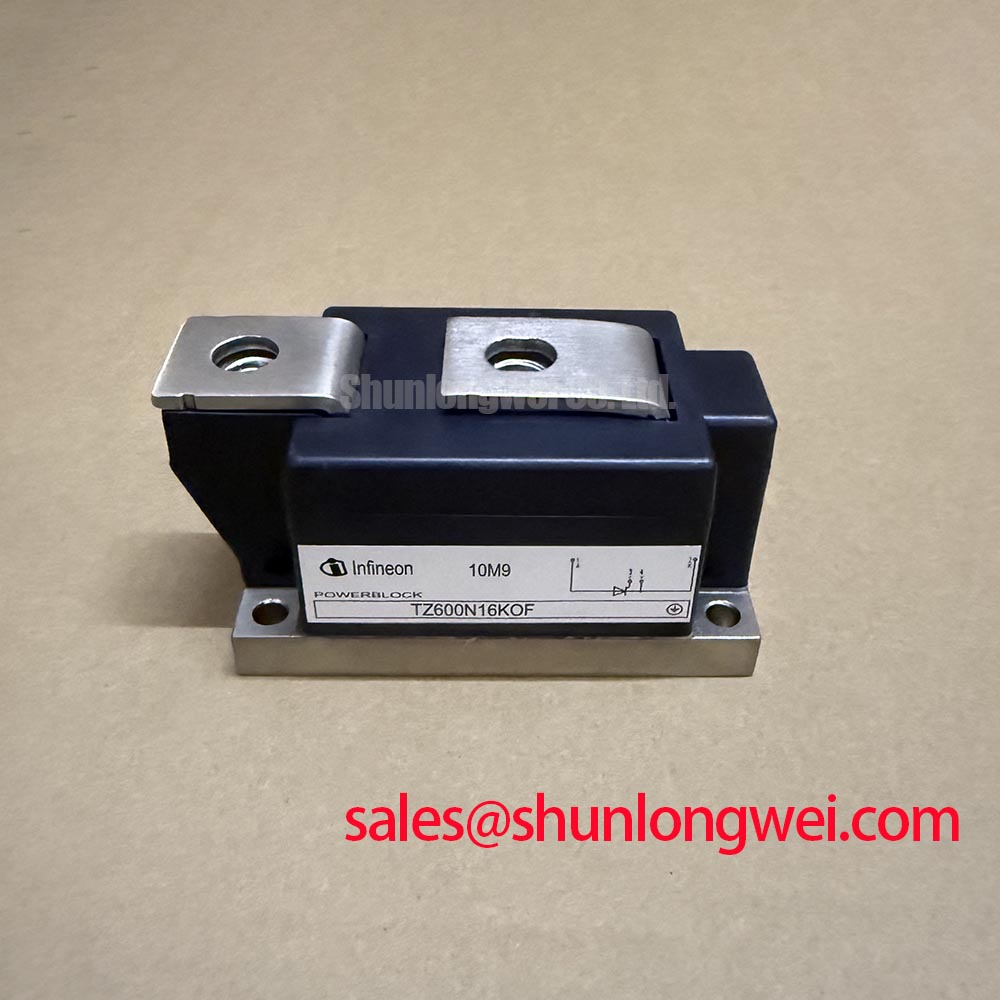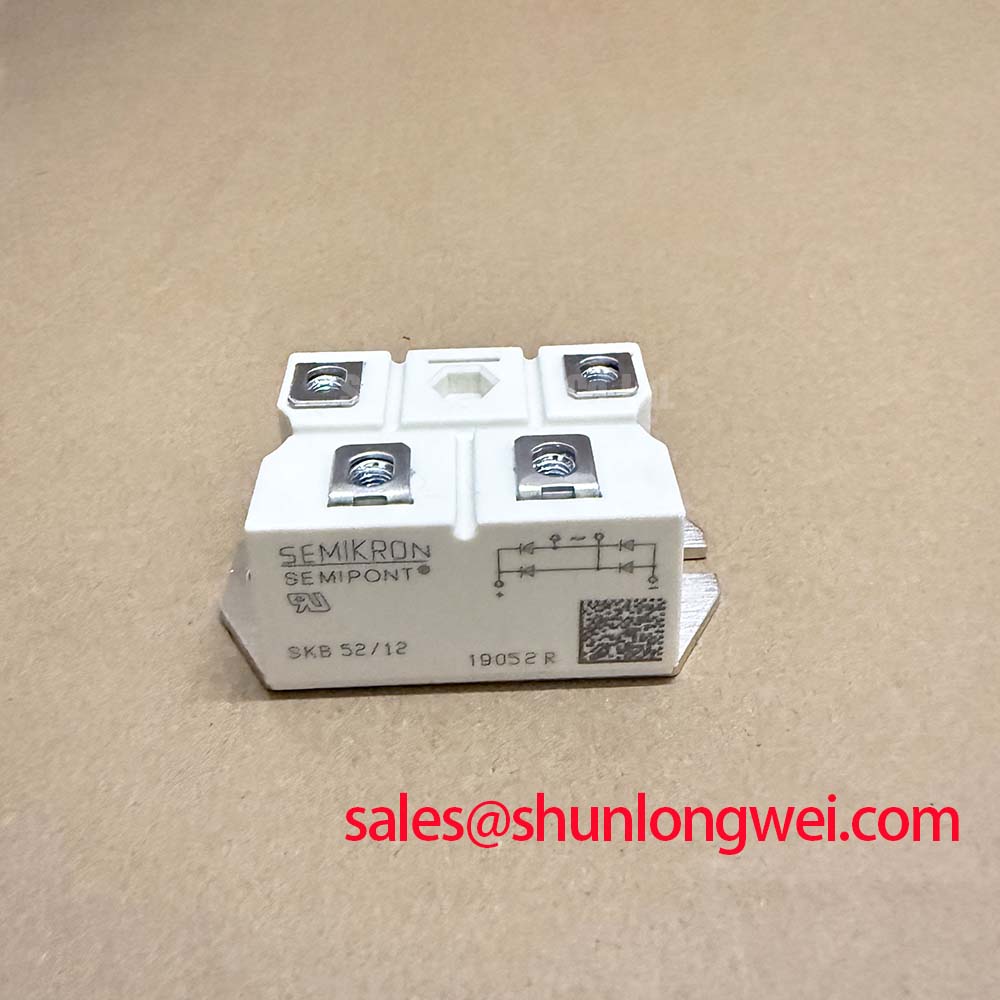DMF50081ZNB-FW: Robust 240x64 FSTN Graphic LCD Module
Clarity and Resilience for Demanding HMI Applications
In environments where standard displays falter due to temperature swings and readability challenges, the Optrex DMF50081ZNB-FW delivers exceptional clarity and sustained performance. This graphic LCD module is engineered for HMIs operating in thermally challenging industrial and instrumentation contexts. With key specifications of 240 x 64 Dots | -20°C to +70°C Operating Temperature | FSTN (Black/White), it provides high-contrast visual clarity and proven wide-temperature reliability. To address system integration challenges, the DMF50081ZNB-FW incorporates a built-in T6963C controller, streamlining interface design and simplifying software development.
Benchmarking for System Integrity: DMF50081ZNB-FW Data Points
Evaluating a display module requires a fact-based approach to ensure it meets the specific demands of an application. The following information provides key data points for engineering assessment. This is not a direct recommendation but rather a presentation of technical specifications to empower your design and procurement decisions. When system longevity is a primary design driver, comparing components based on their documented operational limits is a critical step. For systems that may require a different form factor or resolution, the LMG6912RPFC offers an alternative set of specifications for consideration.
Deployed for Durability: Application Snippets
The true measure of a component's value is its performance in the field. The DMF50081ZNB-FW is frequently integrated into equipment where operational uptime is paramount. Examples include control panels for industrial automation machinery that reside on factory floors with significant temperature fluctuations, portable diagnostic tools used by field technicians in outdoor conditions, and legacy medical monitoring devices that require a clear, unambiguous data display with a long service life. In each case, the module's robust construction and stable performance contribute directly to the end-product's reliability.
Engineering Specifications for the DMF50081ZNB-FW
The technical data below is derived from the official datasheet to support your system integration and design verification process. For complete details, please refer to the product documentation.
| Display Characteristics | |
|---|---|
| Display Type | FSTN LCD |
| Display Mode | Transmissive |
| Resolution | 240 x 64 dots |
| Active Area (W x H) | 131.95 x 39.95 mm |
| Dot Pitch (W x H) | 0.55 x 0.625 mm |
| Electrical & Interface Characteristics | |
| Built-in Controller | Toshiba T6963C or Equivalent |
| Interface | 8-bit Parallel |
| Logic Supply Voltage (Vdd) | 5.0V (Typ.) |
| Thermal & Mechanical Characteristics | |
| Operating Temperature Range | -20°C to +70°C |
| Storage Temperature Range | -30°C to +80°C |
| Module Size (W x H x D) | 180.0 x 65.0 x 11.0 mm (Max) |
The Enduring Value of Monochrome in Modern HMI Design
While full-color displays dominate the consumer market, high-contrast monochrome displays like the Optrex DMF50081ZNB-FW retain a critical role in professional and industrial sectors. Their primary advantage lies in unambiguous readability. Critical data, warnings, and status indicators are presented without the potential distraction of color, which can be vital in high-stress operational scenarios. This focus on clear data delivery, combined with lower power consumption and proven longevity compared to more complex displays, reinforces their position as a strategic choice for applications prioritizing reliability and a low total cost of ownership over rich multimedia capabilities. Understanding this distinction is key to designing effective and durable human-machine interfaces, a topic further explored in our guide on Industrial vs. Consumer Displays.
Technical Inquiries on the DMF50081ZNB-FW
What is the primary benefit of the FSTN (Film-compensated Super-twisted Nematic) technology used in this display?
The key benefit of FSTN technology is its ability to deliver a significantly higher contrast ratio and a wider viewing angle compared to older STN technologies. This results in a sharp, black-and-white image that is easily readable under a variety of lighting conditions, directly improving operator efficiency and reducing eye strain.
How does the built-in T6963C controller affect system design?
The integrated Toshiba T6963C controller is a crucial feature for design simplification. It manages the display RAM, character generation, and graphic/text mode switching internally. This offloads these tasks from the host microcontroller, simplifying the software development process and reducing the required processing power of the main system CPU. This architecture enables faster integration and a more robust final design.
What does the -20°C to +70°C operating temperature range mean for my application?
This wide operating temperature range certifies that the module can function reliably in environments without climate control. It is suitable for devices installed outdoors in sheltered locations, in unheated warehouses, or on factory floors where ambient temperatures can fluctuate significantly. This thermal resilience is a cornerstone of the device's industrial-grade reliability and is a critical factor for equipment intended for long-term deployment in harsh conditions.
A Closer Look at the FSTN and Controller Architecture
The performance of the Optrex DMF50081ZNB-FW is rooted in its core components. The FSTN fluid and polarizing films are precisely engineered to produce a high-clarity black-and-white display. The contrast ratio, a critical parameter for readability, can be thought of like the clarity of a radio signal amidst static. A higher ratio, as achieved by this module, means the desired information (text and graphics) stands out distinctly from the background, making it effortless to read at a glance. What defines the DMF50081ZNB-FW's reliability? Its wide -20°C to +70°C operating temperature range.
Furthermore, the architecture is designed for straightforward implementation. How is system integration simplified? Through its onboard Toshiba T6963C display controller. This industry-standard controller provides a well-documented interface and manages the complexities of pixel mapping and memory access. This allows engineers to focus on the application-level software rather than low-level display driver development, accelerating the time-to-market. The basics of display technologies like this are foundational knowledge, as detailed in The Ultimate Guide to TFT-LCD, which covers many principles applicable here.
Core Applications: Where Reliability Outweighs Resolution
This module is not intended for high-resolution video but excels where data integrity and operational resilience are the primary design criteria. Its feature set makes it an excellent fit for:
- Industrial Control Panels: Displaying machine status, diagnostic codes, and operator prompts in manufacturing environments.
- Test and Measurement Equipment: Providing clear, concise readings for portable or benchtop instrumentation.
- Medical Devices: Serving as the primary user interface for infusion pumps, ventilators, and monitoring equipment where readability is critical.
- Network Hardware and Rack-mount Servers: Showing system status, IP addresses, and error logs directly on the device.
For legacy systems requiring a 240x64 display with proven -20°C performance, this module is a more robust choice than commercial-grade alternatives. The principles of TFT-LCD technology have evolved, but the demand for purpose-built, rugged displays remains constant.
For further technical questions or to discuss how the DMF50081ZNB-FW aligns with your specific application requirements, our team is available to provide datasheet-driven information to support your engineering evaluation.














